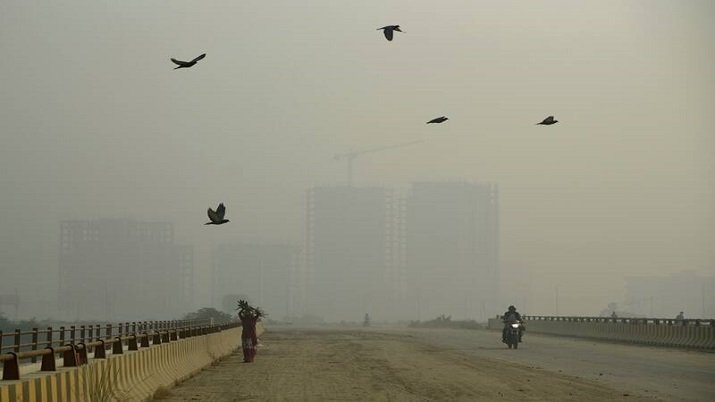
In the aftermath of a week-long pollution crisis, Delhi experienced a temporary relief as rain washed away the toxic haze, albeit leaving the air quality still categorized as “poor” by the Central Pollution Control Board (CPCB). The Air Quality Index (AQI) today revealed modest improvements, with Anand Vihar, RK Puram, Punjabi Bagh, and ITO recording readings of 282, 220, 236, and 263, respectively.
Delhi’s battle with severe pollution reached a critical point last Thursday when harmful particles in the air skyrocketed to levels 100 times higher than the World Health Organization’s safe limit, earning the city the dubious title of the world’s most polluted.
To combat the pollution menace, Delhi Police intensified efforts to enforce anti-pollution measures, inspecting trucks entering the city at the Ghazipur and Tikri borders on Friday night. Under the GRAP 4 regulations, only CNG, electric, and BS VI-compliant vehicles are permitted entry into the city, with strict checks being carried out to ensure compliance.
While the rain brought relief to Delhi, Punjab experienced a positive impact on its air quality due to light to moderate rainfall, significantly reducing incidents of stubble burning. The crackdown on farmers engaged in stubble burning yielded a 68% decline in such incidents, with only six active cases reported on Friday.
Looking ahead, the weather department forecasts improved wind speeds following the passage of a western disturbance, potentially aiding in the dispersion of pollutants and a subsequent improvement in air quality before Diwali. The University of Chicago’s report underscores the urgency of addressing Delhi’s air quality crisis, revealing that air pollution could reduce life expectancy by nearly 12 years, making it one of the worst among global capital cities.
Sources By Agencies

